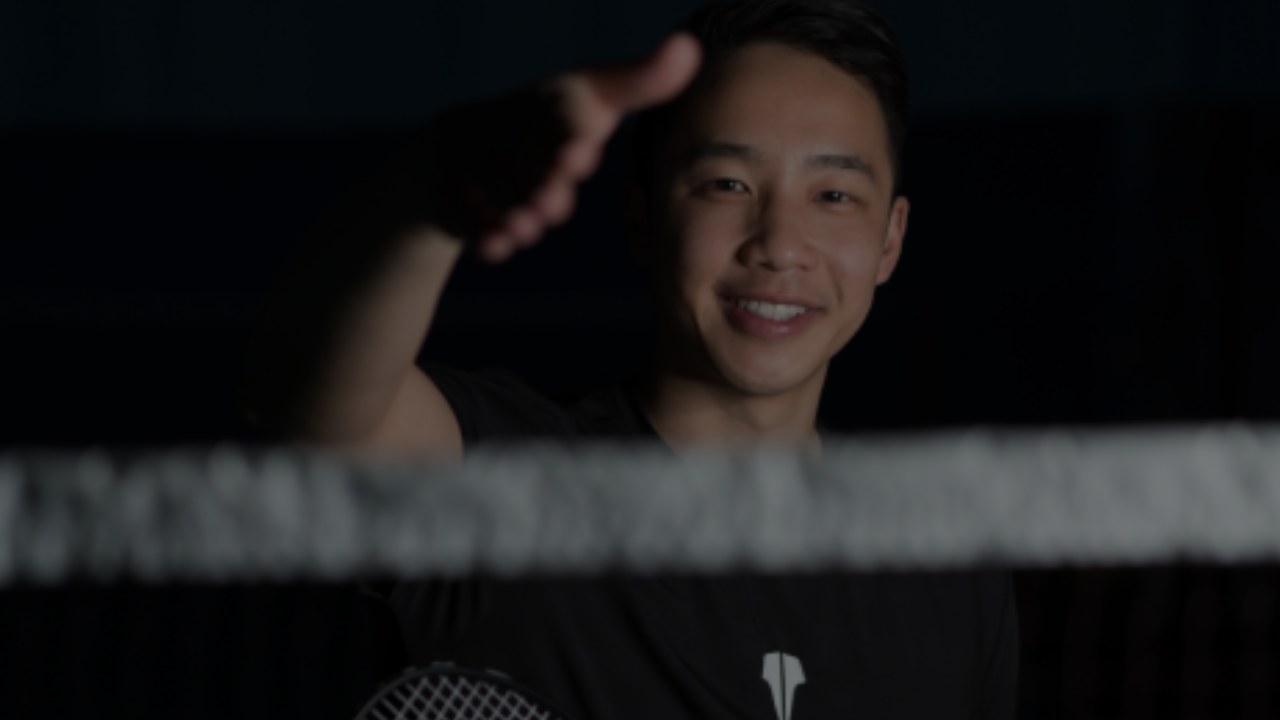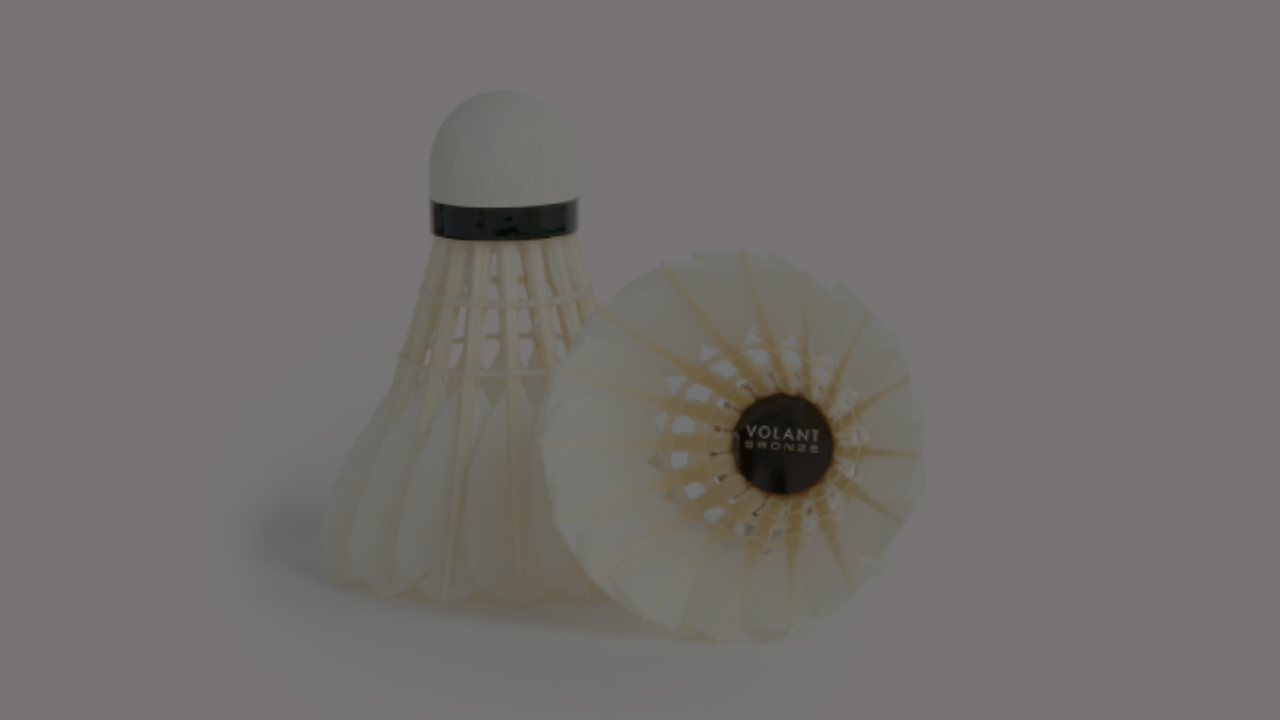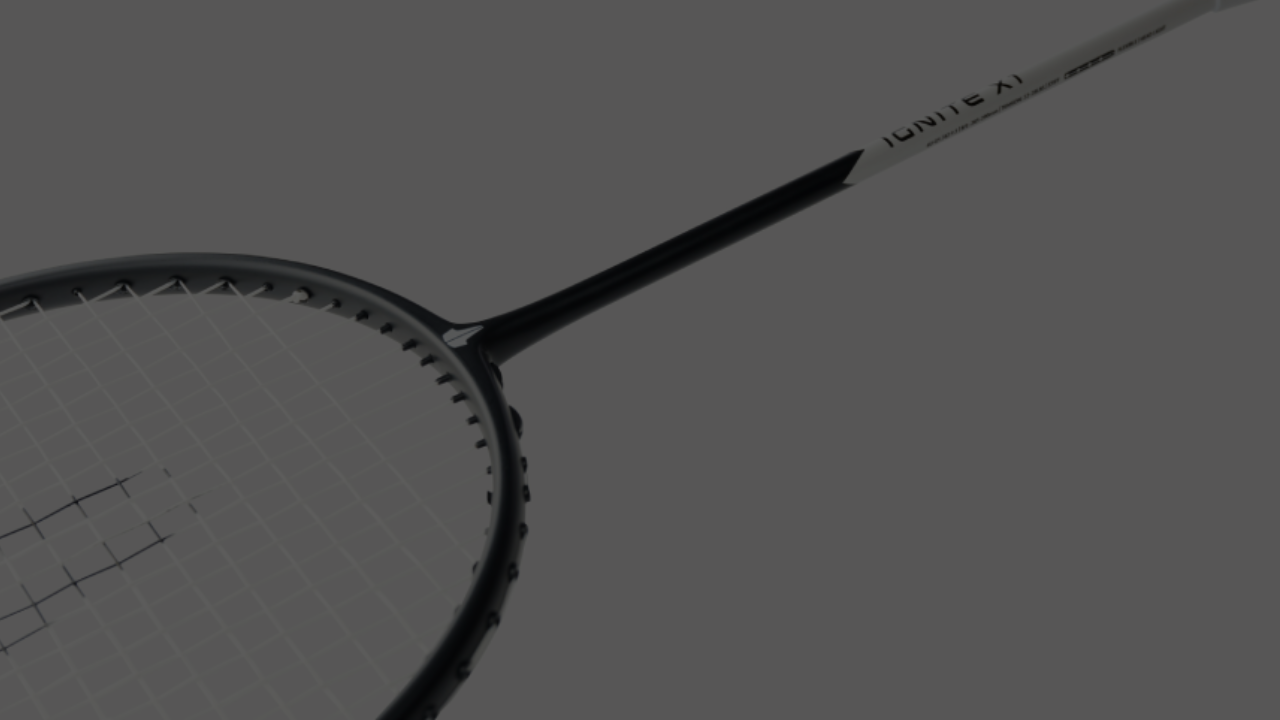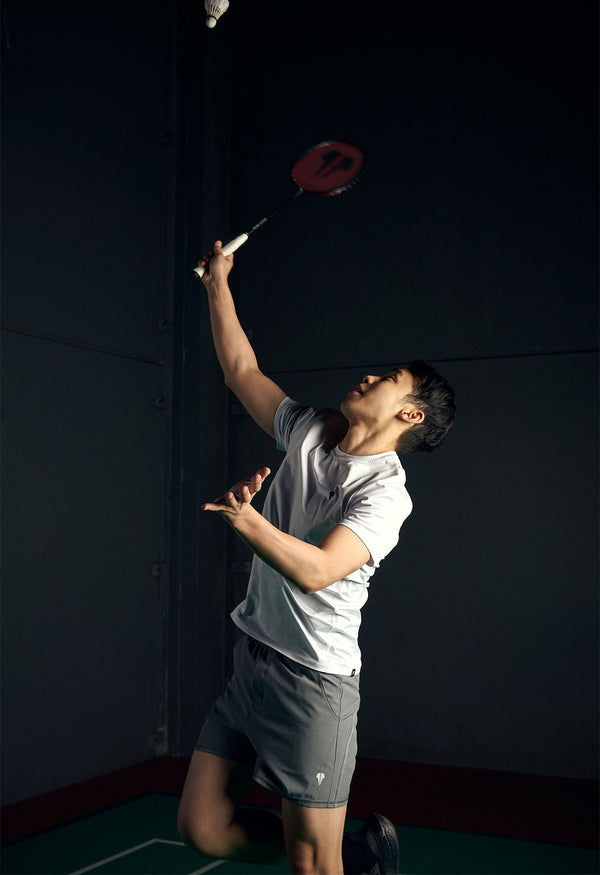Your Cart is Empty

July 10, 2019 7 min read
We all know that athletes train hard, for long periods of time and many times per week. But what’s it really about? What else is involved?
As a national player, this post will give you an insight of the life of a professional Australian badminton player.My intention for this blog post is to help you understand the life of an athlete and help with your training also - as you will see that there is so much more to it than just training and playing matches.
You may find that there are elements in your training that you’re missing, and you can add onto, which will help you become a more well-rounded player.
To an athlete, sport is life.

My Background
I first started playing badminton when I was about 8 years old. I have a Malaysian-Chinese background and my father used to play in Malaysia. He introduced the sport to my older siblings and I when we were living in Bendigo, Victoria. At the time, I was also swimming and playing soccer but fell in love with badminton. So I decided give it all of my attention.
I came into the Australian national team straight after I completed my Victorian Certificate of Education (VCE) when I was 17 years old. This was a big step from junior competition to senior competition and it is during this transition where a lot of players, drop out of competitive tournaments and focus on academia and their careers. It is a very steep learning curve when moving from the junior to the senior scene in badminton, as I’m sure it would be in any other sport.
It was in early 2006 when I decided to dedicate my full attention to badminton, postponing my tertiary studies in medicine, and later dentistry.
I trained and competed full time for 3 years in 2006, 2007 and 2008, with the intention of qualifying for the 2008 Beijing Olympic Games in Men’s Singles. After a lot of time, money, sweat, blood and tears, I was heartbroken when I just missed out on selection for the Games.
Despite this, my love for the sport kept me going. I commenced my Bachelor of Dental Science at the University of Melbourne in 2009. From 2009 - 2014, although I wasn’t training and competing full time, I still held a very strict training regime.

Throughout my career, I have been privileged to have competed in the world’s most prestigious badminton competitions on multiple occasions, including:
My Training Schedule
I have fully embraced the life of an athlete. I moved from my hometown of Bendigo, to a suburb of Melbourne where the Australian National Team was based. From that point onwards, whenever I was in Melbourne (and not playing competitions), my weekly training schedule looked like this:

You may be asking: what does each session involve?
On Court Sessions
Our on court sessions were the main component of our training, which makes sense due to the physicality and skills required for the sport. Each on court session would have a specific focus point, which included:

Gym Sessions
Gym sessions focus on lifting weights to develop both strength and power. The core exercises in our program were functional, full body movements rather than just working muscles in isolation. These varied from:

Areas that we did work in isolation were:
Conditioning Sessions
These involved training our cardiovascular fitness and lactic acid tolerance in similar ways as the on court physical sessions. These sessions were very often in the form of interval training and often consisted of:

Additional Sessions
These were not included in the formal training plan above.
Other Commitments
These were not included in the formal training plan above
As badminton in Australia is not a paid sport, a lot of the players are self-funded. There is little support financially from the government or sponsors. As such, many of the players, including myself, had to work between sessions and on our rest days, in order to pay for our living expenses such as rent, food, petrol and travelling costs.
I spent time working at Bunnings Warehouse, which is a large hardware store in Australia. It was extremely tough to have energy for both training and work, and quite often, I wouldn't have any days of rest as I'd be working for the whole day on Sunday - the only day off from training.
The Tough Parts Of It
There is a lot of commitment required to play, train, compete, eat, sleep and live the life of an athlete. And although it is tremendously rewarding, it can also be very tough and tedious. Here is a list of things that make being a full-time athlete not as ‘glamorous’ as it may seem:

The Best Part Of It All
During the 3 years that I was competing full time, I was away for almost 6 months of the year, either competing or training around the world. I travelled to every continent in the world with the exception of Africa and Antartica.
The countries that I have competed in include: Australia, New Zealand, Fiji, Samoa, New Caledonia, Malaysia, Indonesia, China, Macau, Taiwan, Philippines, South Korea, England, Scotland, Wales, Northern Ireland, Denmark, Austria, Germany, Netherlands, Switzerland, Norway, Poland, Romania, Italy, Greece, USA, Canada and Peru.
I have also trained in the following countries: Malaysia, Indonesia, Denmark, England, Netherlands, Switzerland and Italy.
Being a young adult at the time, it was a great learning experience as not only did I learn about my sport, I also learnt more about myself. Although it was fantastic that I could travel to, train and compete in so many different countries, the best parts about it all, and what I will remember the most, are the players I travelled with (my teammates) and the people and players that I met.
When a group of players, from different countries and different backgrounds all share a common goal - to represent their country at the Olympic Games, friendships are made that will last a lifetime. The number of amazing people that I met on my journey, to this day, still makes me smile. As an example of the bonds that are made, in 2016, I was made a groomsman at a close friend’s wedding in Los Angeles - whom I met on the international circuit in 2007.

All in all, the best part of being an elite athlete are the friendships and bonds that you make with other athletes, team mates, officials, fans, and yourself.
Final Remarks
It’s not what it all may seem to be. Being an athlete is not all glamour. It’s hard work. But at the end of the day, all athletes do what they do because they love the sport that they play.
And, for me, it’s the people, the players, the fans and the community that also contribute to why I love badminton so much.
Main image source: Unknown
Body image source 1: Athlete Life
Body image source 2: Jeffrey Tho
Body image source 3: Badminton Information
Body image source 4 & 5: Leon Martinez from Pexels
Body image source 6: We are the living
Body image source 7: Eric Go via Facebook
Jeff is an ex-international badminton player who represented Australia at the Commonwealth Games (twice as a player & once as a coach), World Championships, All England Championships and multiple Thomas and Sudirman Cups. He was the Australian National Coach, Senior State Head Coach and is the co-founder of Volant badminton & The Badminton Podcast. Jeff is extremely passionate about building the worldwide badminton community & showing the world how incredible our sport really is.
Comments will be approved before showing up.

August 20, 2025 2 min read

July 17, 2025 2 min read
Shuttlecocks aren’t cheap, and replacing them constantly stings the wallet. With a little care, though, you can stretch their lifespan and keep your game flying high. Whether you’re using feather or nylon, here’s how to make them last—plus why Volant Badminton’s options are worth your shot.

June 25, 2025 2 min read
Strings wear out—it’s a fact of badminton life. Slack, frayed, or snapped strings kill your shots, so knowing when to restring keeps you sharp. How often depends on your play, and here’s how to figure it out—plus why Volant Badminton’s gear makes it easy.
Be the first to know when a new blog post comes out!
Curated articles, tips and advice, tailored to the sport of badminton.
Sign up and enjoy 10% off your first order.

Join the Volant Community and improve your game!
*Discount code excludes shuttlecocks